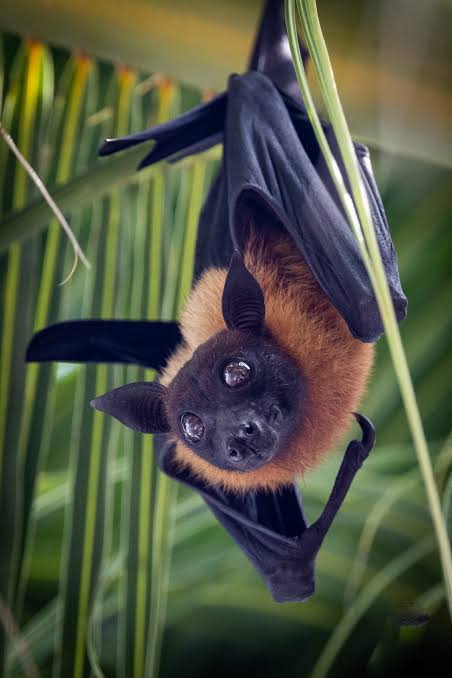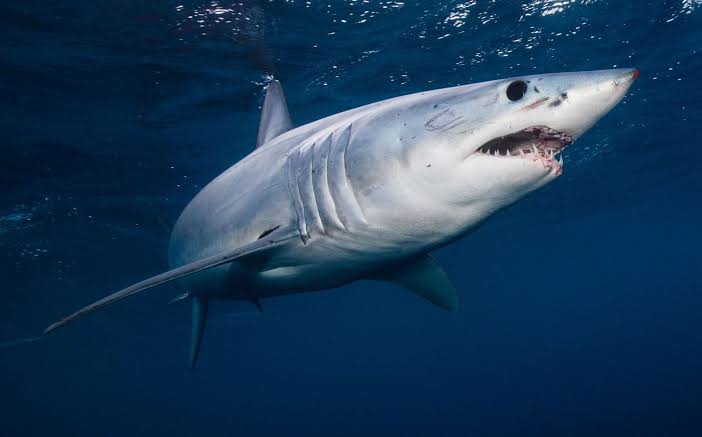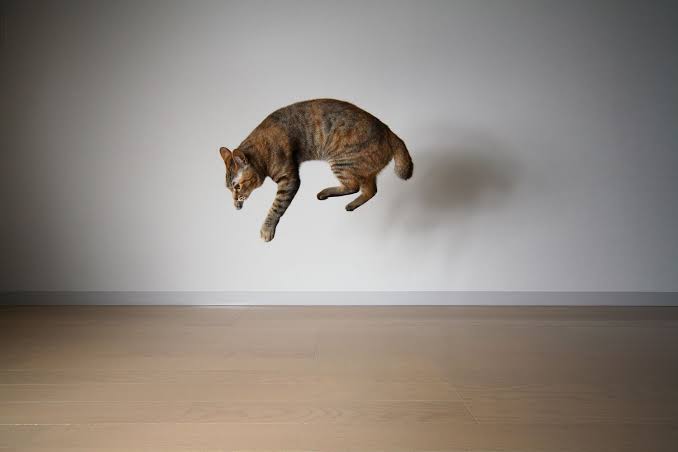
Different theories about animals have lingered and held humans spellbound for centuries. Camels store water in their humps; rainbows form when lionesses are in labour; The list is endless. However, have you ever wondered how much of these are true? Where do we draw the line between real stuff and conjured fables? If you are curious, read on to discover some myths about your favourite animals and the stark truths and astonishing realities behind them. Ready for a session of mythbusting? Dig in!

Camel store water in their humps:
First on the mythbusting list.
Not the most common, but it is certainly one of the most intriguing myths flying around.
Camels are iconic animals bearing remarkable cultural and religious significance in many climes. They are the ultimate desert travelers. They are able to go days without drinking water, and when they do have the chance to drink, can gulp down 30+ gallons in less than 15 minutes. These astonishing feats continue to confound man through the ages.
The myth stems from no defined source in particular, but it certainly makes for an interesting, albeit deficient theory. Camels may be very adept at efficiently managing the water in their body, but they do not store water in their humps. Their humps store fat instead. Why? The reason is not so farfetched – survival. They store fat so they can use it for energy when they run out of food.

Bats are blind:
Your favourite flying rodents come in second on this mythbusting list and with a very interesting myth. Many are familiar with the expression ‘as blind as a bat’ and it certainly has fed into the myth. Their nocturnal behaviour, too. However, it turns out this theory is not as true as we have been led to believe. Bats are not handicapped – well, not that handicapped. Of all the 1000+ species of bats roaming the earth, not one of them is blind. I do have to admit though, that their vision is not what you could call acute.
Many of them forage, hunt and socially interact by echolocation. Echolocation is a method by which locations of objects are detected by the sound waves bouncing off them and to the receiver.

Sharks can smell blood from miles away:
This is not exactly blatant falsehood – just an exaggerated truth. How so? They have a certain proclivity for smell, yes. It is also true that this sense of smell can be very acute. This is because of the enlarged olfactory centers of their brain. They can sense as little as one part of blood in ten billion parts of water (in some species) – which is an insane feat in itself. If there is a fast-moving current or a large cloud of scent molecules, it also boosts their perception significantly.
Nonetheless, it roughly translates to say, a drop in a standard swimming pool. And that significantly falls short of the tall tales that we were led to believe.It is also noteworthy that sharks have little to no reaction to human blood. This is because they hardly see us as prey.

Ostriches bury their head in the sand:
The largest bird on the planet features in this mythbusting piece and it is not without good reason. Ostriches are renowned for many things. It therefore, does not come as a surprise that there is a little bit of myth admixed with whatever rep they have going on for themselves.
We have seen it in children’s shows and read it in books, but…
Contrary to popular opinion, ostriches do not bury their heads in the sand to avoid threats. Instead, this expression came from Ancient Rome as a metaphor for people avoiding their problems. It however does not nullify the fact that ostriches are not what you would call the brightest of birds though. A bird whose brain is smaller than its eyes is hardly up there.

Cats always land on their feet:
When cats are mentioned, a couple of things come to mind. Agility, keen vision, cuteness – and the occasional rebellious attitude. They are majestic animals and they make great pets too. But, the topic of discuss in this case, is something about them that is more intriguing. The ability to always land on their feet from a fall or a jump – except it isn’t always.
Cats have a natural balancing system, the righting reflex, that allows them to orient themselves and land on their feet. But while cats are often able to land the right way up, they do not always land on their feet. The height of the fall can significantly affect their safe landing, and so does the cat’s weight.
Enjoyed this piece?
Click here to read more wildlife pieces.



Leave a Reply